Steven Scott Gubser, J. D. Lykken9812387889, 9789812387882, 9789812702821
The first lecture, by E D’Hoker and D Freedman, is a systematic introduction to the gauge–gravity correspondence, focusing in particular on correlation functions in the conformal case. The second, by L Dolan, provides an introduction to perturbative string theory, including recent advances on backgrounds involving Ramond-Ramond fluxes. The third, by S Gubser, explains some of the basic facts about special holonomy and its uses in string theory and M-theory. The fourth, by J Hewett, surveys the TeV phenomenology of theories with large extra dimensions. The fifth, by G Kane, presents the case for supersymmetry at the weak scale and some of its likely experimental consequences. The sixth, by A Liddle, surveys recent developments in cosmology, particularly with regard to recent measurements of the CMB and constraints on inflation. The seventh, by B Ovrut, presents the basic features of heterotic M-theory, including constructions that contain the Standard Model. The eighth, by K Rajagopal, explains the recent advances in understanding QCD at low temperatures and high densities in terms of color superconductivity. The ninth, by M Sher, summarizes grand unified theories and baryogenesis, including discussions of supersymmetry breaking and the Standard Model Higgs mechanism. The tenth, by M Spiropulu, describes collider physics, from a survey of current and future machines to examples of data analyses relevant to theories beyond the Standard Model. The eleventh, by M Strassler, is an introduction to supersymmetric gauge theory, focusing on Wilsonian renormalization and analogies between three- and four-dimensional theories. The twelfth, by W Taylor and B Zwiebach, introduces string field theory and discusses recent advances in understanding open string tachyon condensation. The thirteenth, by D Waldram, discusses explicit model building in heterotic M-theory, emphasizing the role of the E8 gauge fields.
The written presentation of these lectures is detailed yet straightforward, and they will be of use to both students and experienced researchers in high-energy theoretical physics for years to come.
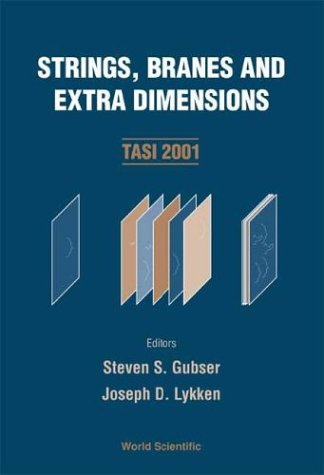
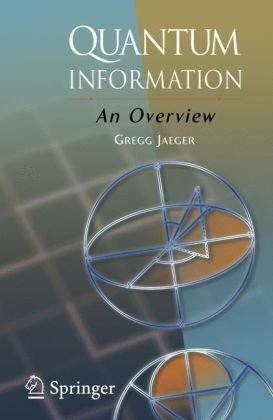
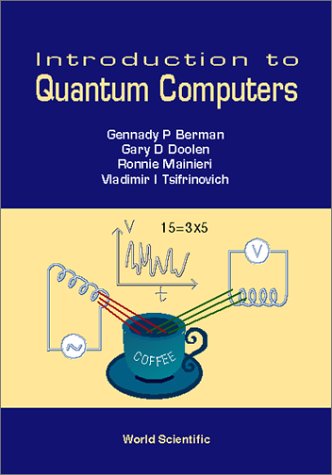
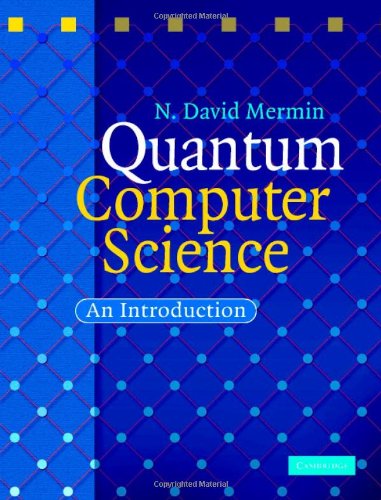

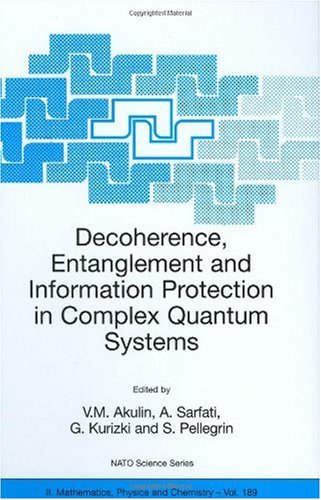
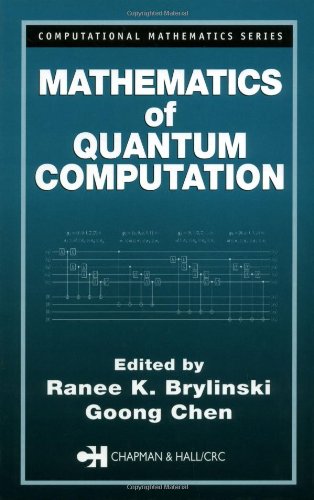
Reviews
There are no reviews yet.